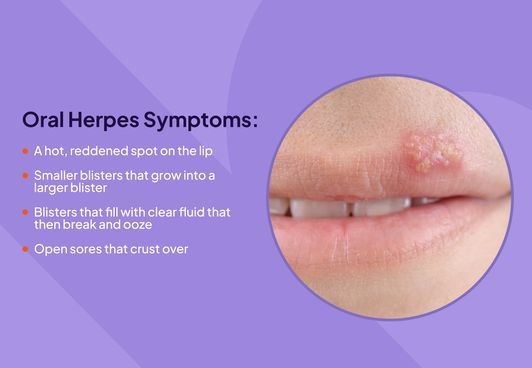A nurse in an urgent care clinic is caring for a client who reports recently using methylenedioxyphenol-methamphetamine. Which of the following findings should the nurse expect?
Hallucinations
Muscle weakness
Hypothermia
Somnolence
The Correct Answer is A
Explanation:
Methylenedioxyphenol-methamphetamine (MDMA), also known as ecstasy or Molly, is a psychoactive substance that can produce hallucinations as one of its effects. Hallucinations involve perceiving things that are not present in reality, such as seeing, hearing, or feeling things that do not actually exist.
Muscle weakness (choice B) is not a common finding associated with MDMA use. In fact, MDMA typically produces an increase in energy and heightened physical sensations rather than muscle weakness.
Hypothermia (choice C) can occur as a result of MDMA use. MDMA can interfere with the body's ability to regulate temperature, leading to an increase in body temperature. This is commonly known as "drug-induced hyperthermia" rather than hypothermia.
Somnolence (choice D), which refers to excessive sleepiness or drowsiness, is not typically associated with MDMA use. MDMA is a stimulant drug that can produce increased wakefulness and alertness.
Nursing Test Bank
Naxlex Comprehensive Predictor Exams
Related Questions
Correct Answer is A
Explanation
Levothyroxine is a medication used to treat hypothyroidism, and monitoring the TSH levels helps determine the effectiveness of the medication.
Blood urea nitrogen (BUN) is a test used to assess kidney function and is not specifically related to thyroid function or levothyroxine therapy.
Prothrombin time (PT) is a test used to evaluate the clotting ability of the blood and is not directly related to thyroid function or levothyroxine therapy.
Arterial blood gases (ABGs) are used to assess oxygen and carbon dioxide levels in the blood and evaluate acid-base balance. ABGs are not specifically related to thyroid function or levothyroxine therapy.
Correct Answer is B
Explanation
B. Herpes simplex is a viral infection that causes skin eruptions or lesions. To promote healing and prevent secondary infections, it is important to keep the affected area clean. Cleansing the skin eruptions with povidone-iodine, an antiseptic solution, can help reduce the risk of infection and promote healing.

The other options are incorrect:
A. Over-the-counter topical ointments are generally not recommended for the treatment of herpes simplex outbreaks. It is best to consult with a healthcare provider for appropriate medication and treatment options.
C.Herpes simplex is a viral infection, and antibiotics are used to treat bacterial infections. Antibiotics are not effective against viral infections like herpes simplex.
D. Placing disposable thermometers in the client's room is not directly related to the management of a herpes simplex outbreak. It is important to focus on interventions specific to the client's condition.
Whether you are a student looking to ace your exams or a practicing nurse seeking to enhance your expertise , our nursing education contents will empower you with the confidence and competence to make a difference in the lives of patients and become a respected leader in the healthcare field.
Visit Naxlex, invest in your future and unlock endless possibilities with our unparalleled nursing education contents today
Report Wrong Answer on the Current Question
Do you disagree with the answer? If yes, what is your expected answer? Explain.
Kindly be descriptive with the issue you are facing.
